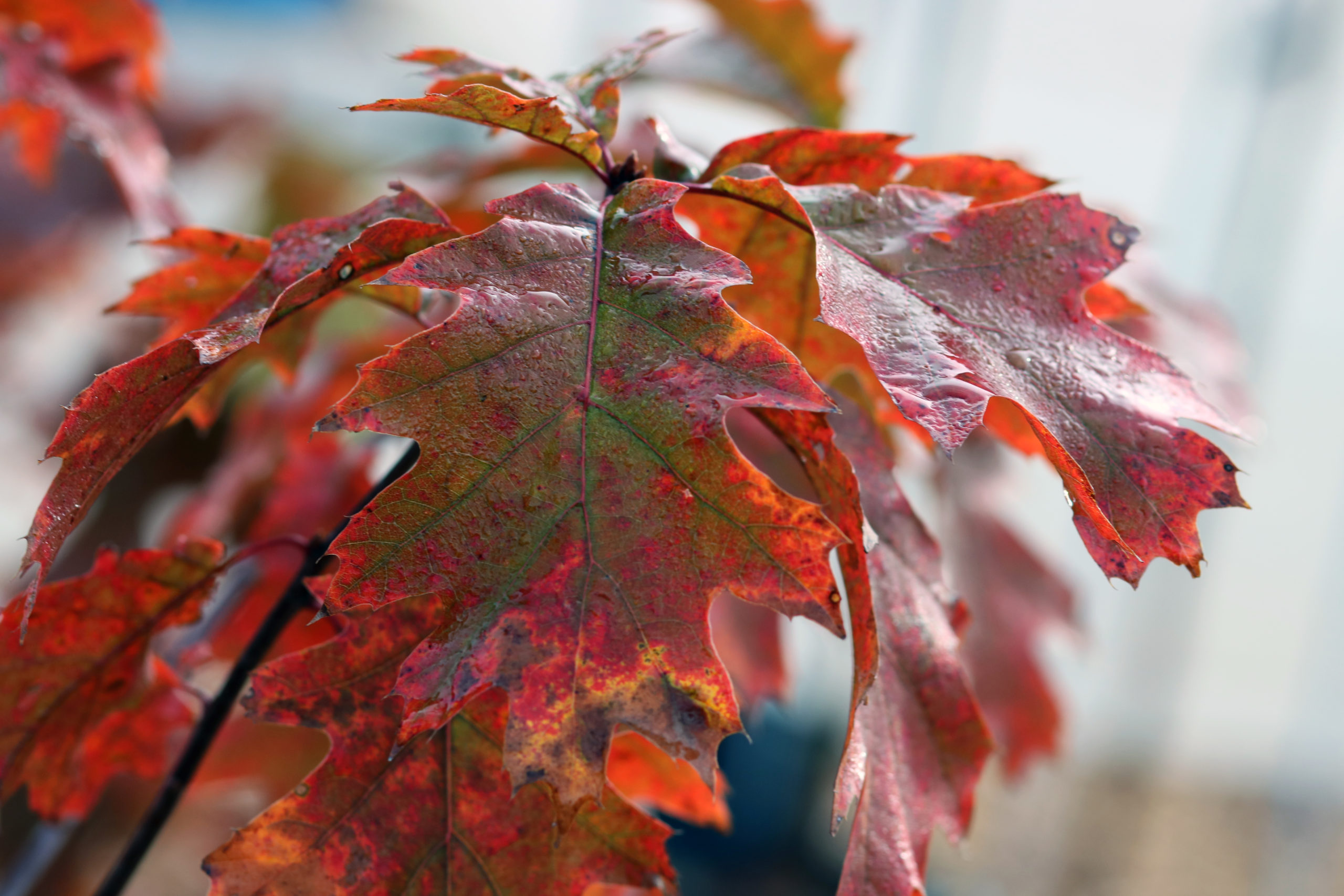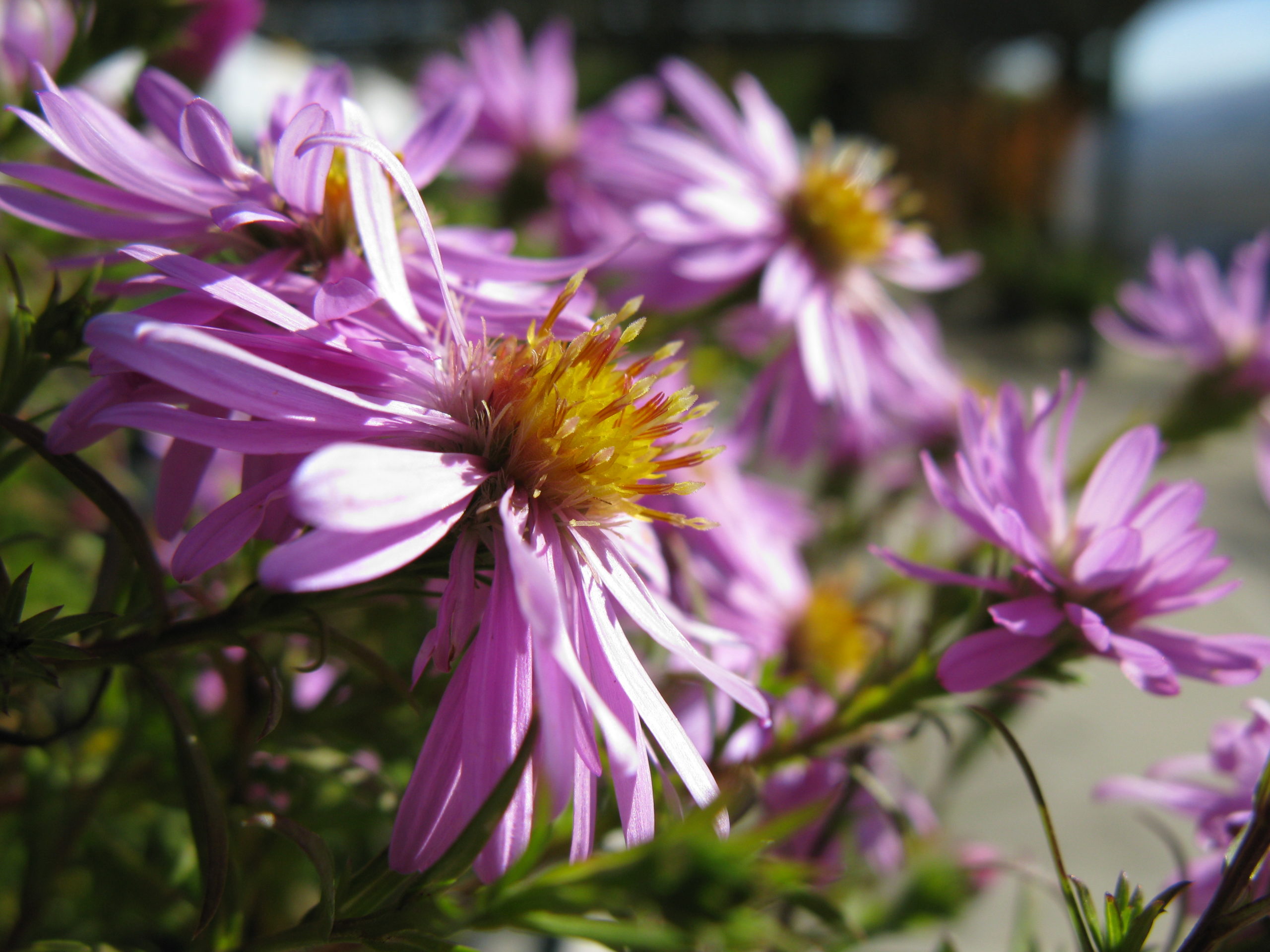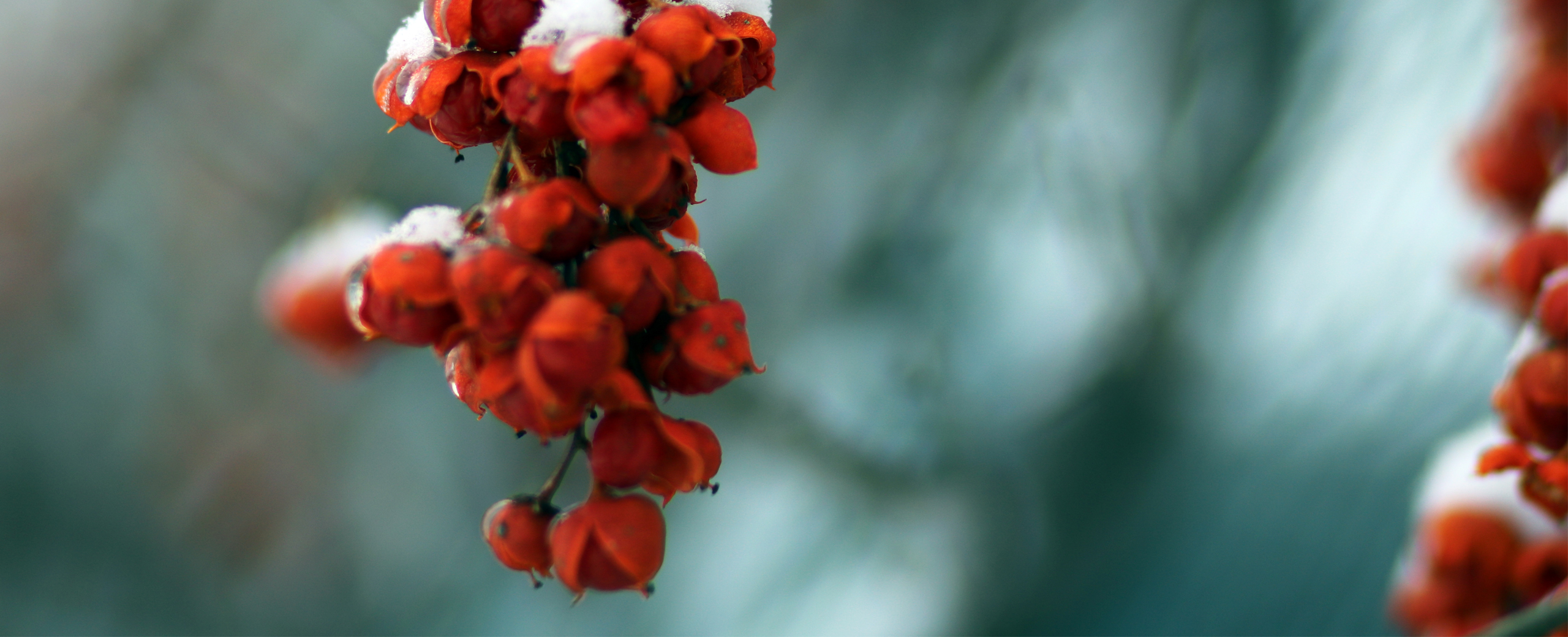Beyond Burning Bush: Fall-Scaping for Gorgeous Late Season Landscapes
Fall in Wisconsin is a bittersweet season. The initial dread of the upcoming winter months can lead to a reluctance to embrace the beauty in the fall landscape. This is a huge missed opportunity! September and October can (and should) be two of our most spectacular months outdoors.
Another reason fall color can be neglected is that most nursery purchases in Wisconsin are made in May and June. This tends to lead to heavy favoritism toward the beautiful plants that are at their showiest between Mother’s Day & the 4th of July. Only the fall shopper (or the serious gardener) sees the spectacular late season plants. Don’t miss out! When you come visit us in May, ask us about fall color – while we only get to enjoy it for a few months, we can help you plan for it year-round.
A Few Notes About “Fall Color”
- Color varies from climate to climate, and in Wisconsin it varies from year to year
- Ideal conditions for best fall color are COOL, but not frozen. Sunny, clear, and dry conditions can produce more vibrant reds, oranges, and rich purples. A wet summer and/or wet fall can lead to bland, dull, more fungal discoloration, and bronzes. Additionally, early frosts can cause bland colors because leaves are damaged before they have a chance to undergo fall pigment changes.
Our Favorites for Fall in Southeast Wisconsin:
Perennials
- Yellow Foliage: (after the flowers have finished) Amsonia, Balloon Flower, Daylilies, some Iris, some Solomon’s Seal
- Orange/Red Foliage: Angelina Sedum, Brookside & Rozanne Geranium (Cranesbill), Bergenia
- Purple/Deep Maroon Foliage: Hillside Black Beauty Snakeroot, some Coral Bell varieties
Shrubs
- Viburnum, some Spirea varieties (especially the “Double Play” series), Diervilla (which is both native and underappreciated)
- Chokeberries – brilliant red berries and fiery scarlet foliage in fall, a very popular choice
- Blueberries – glossy oval leaves turn an outstanding orange in the fall (only plant IF your soil is acidic enough, or you supplement with acid-loving plant foods)
- Sumac – true red. This is the spectacular “fire engine red” plant seen alongside our interstates and county highways
- Burning Bush – a very showy shrub that turns a luminous florescent pink in the fall. It is one of the classics and is the first on many people’s lists. However, we are seeing some hardiness problems and dieback every time we have a hard winter. Also, some varieties are no longer suggested for planting because they’re invasive. Use with some discretion.
Ornamental Trees
- Serviceberry – native, and offers an outstanding brick red/orange color in the fall
- Callery Pear – beautiful, striking deep purple color in the fall. There are some potential concerns about the invasiveness of these trees, so consider this selection with some discretion.
- Fringetree – narrow leaves turn a golden yellow in the fall.
- Ginkgo – bright, sunshine yellow AND unusual leaf shape.
Shade Trees
- Honeylocust – select varieties turn gold in the fall.
- Poplars/Aspen – though not as stunning as they are in Colorado, here in WI they still turn a nice yellow when we have good clear weather.
- Scarlet Oak – shiny, bright scarlet leaves in the fall.
- Sugar Maple – some varieties are especially showy. Sugar Maples are the ones that can truly turn all three fall colors: yellow, orange and red on the same tree.
- Freemanii Maples – including: Autumn Blaze, Autumn Fantasy, etc. Fall foliage is a striking orange-red.
Fruits (that are pretty and visible in fall)
- Holly – fruits ripen in the winter, providing a nice contrast of red berries and glossy green leaves.
- Winterberry (our native “holly”) – although the leaves drop in the fall, the red fruit can persist long into winter.
- Brilliant Red Chokeberry – glossy green leaves turn scarlet red in the fall, and has brilliant red berries that are retained for an extended time
- Sumacs – in addition to their true red fall color, they also produce reddish fruits
- American Beautyberry – large clusters of purple berries that ripen in September through October and attract many wild bird species.





